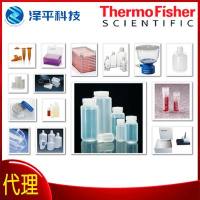Adeno-Associated Viral Vectors for CF Gene Therapy
互联网
526
AAV is a nonpathogenic human parvovirus that has a natural mechanism for long-term persistence in human cells. Wild-type AAV is unique in that it undergoes stable integration of its DNA into a specific region of human chromosome 19, the AAVS1 site (1 –4 ), a process that our group has also recently described in vivo in rhesus macques (5 ). This site specificity appears to be mediated by specific interactions between the nonstructural protein, Rep, and the sequence-specific binding elements within the AAVS1 site (6 ). AAV vectors have been developed by deleting the two AAV genes, rep and cap from the viral genome, and substituting transgenes such as CFTR (7 ,8 ). Since the rep gene is deleted, these vectors generally do not integrate in a site-specific manner, yet they do persist long-term in mammalian cells through a complicated process that involves both episomal persistence and random-site integration (9 –11 ).









